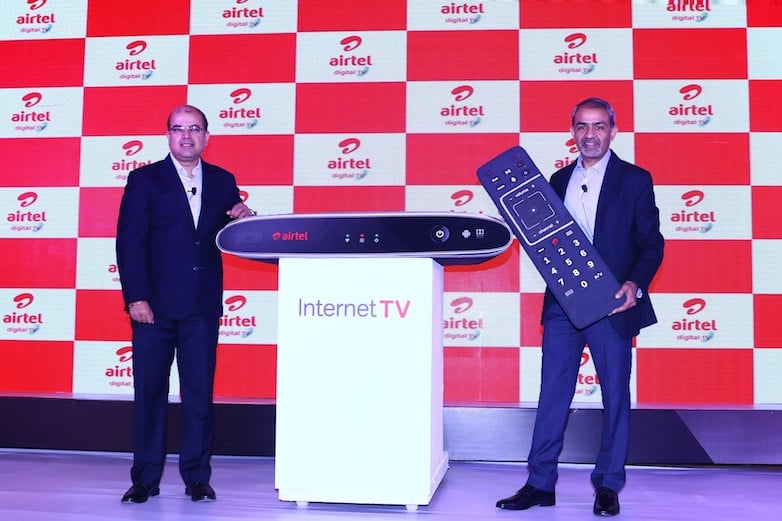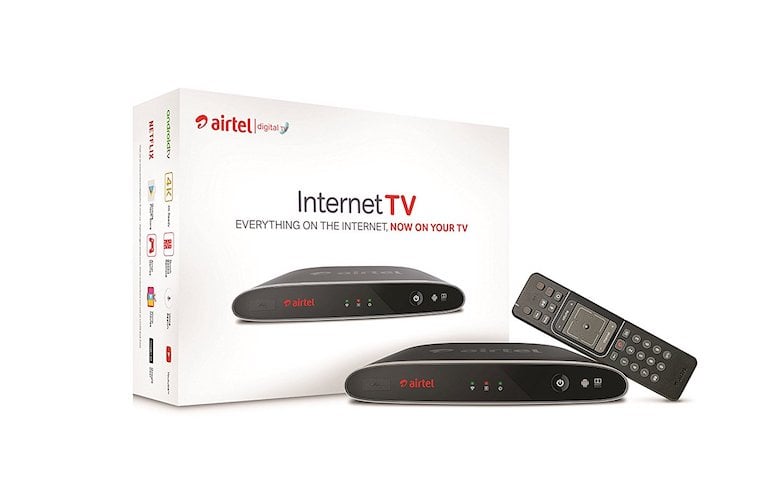If you are in the market for a new smartphone you will have to make the choice between systems powered by Apple or Android.
While Apple's iPhones have long been in ascendance, plenty of challenger brands have sought to displace the heavyweight of the smartphone market.
There has probably never been a better time to look at buying an Android phone. There are only a handful of choices when buying an Apple phone, but devices running on Google's Android operating system offer far more choice and variety and some of the best phones of recent years come from the likes of Samsung, Google and HTC.
Paid content
A Few Kind Words about the Most Evil Man in Mankind’s HistoryLibertarianism.org
Arbitration, auditing woes endanger Toshiba turnaroundNikkei Asian Review
Recommended by
Relentless announcements of new smartphones can be overwhelming, so there are key things to consider when looking to upgrade.
Should I buy an Android phone or an iPhone?
Although there are plenty of great reasons to buy an iPhone, and you can read The Telegraph’s review of iPhone 7 to see why, Apple's phones are not for everyone.
Android is used by more phones and tablets, giving you greater choice when picking your phone and models such as the Samsung Galaxy S8 are market leaders in the technology they offer.
And Android phones do not have to cost a fortune and many cheaper handsets offer better value than current iPhones. There are plenty of great contracts you can get on older handsets, as last year’s models have often fallen in price and still function perfectly well.
So if you want a bit more choice or a cheaper option, as well as the ability to share data easily across other Android phones and tablets, this operating system might be the right one for you.
Which is stronger? Samsung Galaxy S8 vs iPhone 7
05:48
What should I look for in an Android phone?
Key technical specs you should be looking for in your smartphone include basic choices such as screen size and battery life to performance indicators such as processing power and storage.
Other factors you might want to consider are the power of the camera, if you want to use your smartphone to replace your digital camera, and you might want to look into the feel of the phone’s operating system, as several Android phone manufacturers add their own designs to the system - some with positive innovations, others less so.
Screen size: Current sizes range from just under 5 inches to close to 6 inches for screen size, which can be quite large to hold in the hand. The largest handsets may feel a little oversized, but will provide a better experience if you want to enjoy video or apps like Instagram or Snapchat.Battery life: A device will offer at least all day battery life on mixed use and any phone with significantly more than 24 hours is considered very good. Many manufacturers will judge battery on "talk time", but the phones will actually last days if left on standby.Storage and memory: Lower spec smartphones will have around 2GB of RAM, the memory space which makes the phone run more quickly, although better models will have closer to 4GB. Cheaper Android phones will probably only have around 32GB of hard drive space for files and photos, although nearly all come with a slot for adding a micro SD card to boost storage space.Camera: Most smartphones will take great pictures and high-end models compete to offer the best cameras. Megapixels (MP) are not everything, and some top models have even cut down, but they can create shots with greater close-up details. Other features include dual cameras for extra depth and built-in apps to create different types of photo.Operating system: Some older models will come with Google's Android 6.0 (Marshmallow), but can easily be upgraded to the latest Android 7.0 (Nougat), which comes with features such as split screen use and an improved "Doze" mode to save battery. While most phones come with the latest system, you may have to wait a while to update an older device.
What should I look for in my phone contract?
While you can simply break down phones in terms of handset price, many providers in the UK offer great deals to pick up new phones for far less.
Many smartphones are available for free if you agree to a two year contract. From there, you will be charged for the number of texts, minutes and the amount of data you use.
Phones that are a year or two old may only set you back £20 a month over a two year period for basic levels of minutes and data. The latest flagship handsets, however, will probably cost more than £40 a month, and may also include an upfront cost for the phone as well.
How much should I pay for an Android phone?
If you are considering buying a handset outright then you can probably expect to pay several hundred pounds.
The cheapest decent Android phones will cost in the region of £150 for some of the latest phone brands. These will feature phones using Android 7 and some are still very high quality, just with less power and storage.
Mid-range phones will cost between £250 to close to £500. There is quite a leap in smartphone prices and only a few phones like the OnePlus series that try to bridge that mid-tier gap.
High-end phones will have the latest cameras, huge storage, powerful specs and innovations such as Samsung's Edge screen to try and make you part with £500 or more. It can be hard to recommend phones at this price, and most more basic phones will easily fulfill all simple functions, so they will need to blow you away with what's on offer.
Credit: Telegraph















